In the metalworking and woodworking industries, the band sawing machine is a cornerstone of precise and efficient cutting. Known for its versatility, high performance, and ability to produce consistent results across a wide range of materials, the band sawing machine is heavily relied upon in factories, workshops, and production lines. However, like any industrial-grade equipment, its productivity and longevity are directly tied to proper maintenance. This article explores industry practices, preventive measures, and the technological solutions for maintaining a band sawing machine to ensure performance and downtime.
Why Maintenance Matters for Band Sawing Machines
A band sawing machine, whether used in cutting metal, wood, or plastic, operates under demanding conditions. Blades rotate at high speeds and endure significant stress, which can cause wear and tear if not properly maintained. Poor maintenance leads to imprecise cuts, blade breakage, overheating, and ultimately expensive downtime. Regular and thorough maintenance not only prolongs the machine’s life but also improves safety, accuracy, and overall operational efficiency.
Daily Maintenance Checklist
Routine daily checks are the line of defense in maintaining a band sawing machine. Operators should start each shift with a basic inspection to ensure that key components are in good working condition:
Blade Condition: Inspect the blade for cracks, dull edges, or uneven wear. Replace or sharpen the blade as needed to avoid poor cutting performance and machine strain.
Blade Tension: Verify that the blade tension is set to the manufacturer's recommended levels. Improper tension can to blade slippage or breakage.
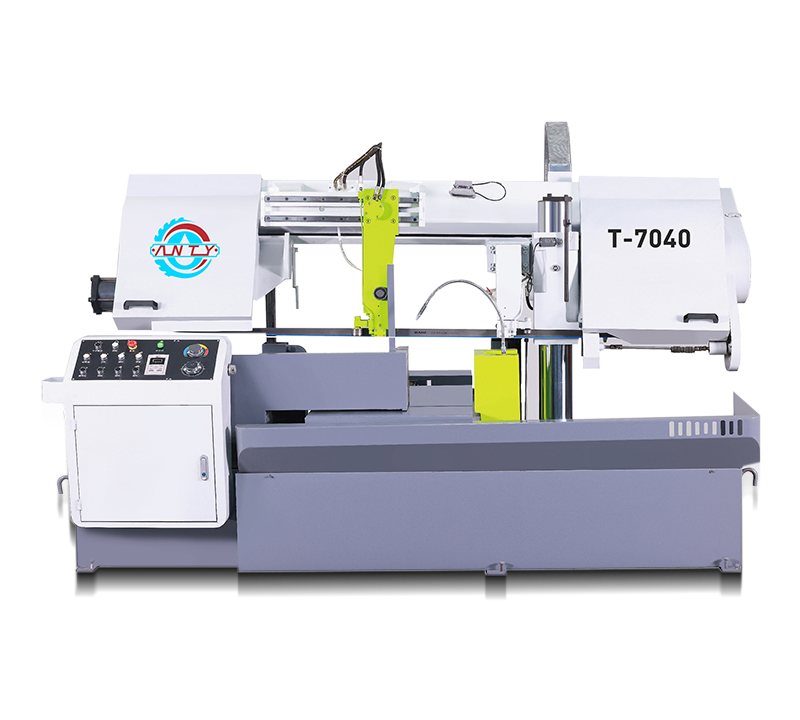
Coolant Levels: Ensure coolant reservoirs are filled and that the coolant flow is consistent. Adequate cooling is essential for blade longevity and heat control during cutting.
Guide Bearings and Rollers: Check the guide bearings for smooth rotation and proper alignment. Worn or misaligned guides can cause the blade to drift, to inaccurate cuts.
Cleanliness: Remove chips, dust, and debris from the machine surface, especially around the blade and guide areas. Cleanliness prevents buildup that can interfere with performance.
Weekly and Monthly Maintenance
While daily maintenance focuses on immediate operational readiness, weekly and monthly checks address long-term wear and mechanical integrity:
Lubrication: Grease all moving parts, including the blade guides, bearings, and pivot points. Consistent lubrication reduces friction and wear.
Hydraulic System: For hydraulic band sawing machines, inspect hoses and fittings for leaks. Check fluid levels and replace filters periodically to maintain smooth operation.
Drive Belt and Pulley Inspection: Examine belts for signs of wear, cracks, or slackness. Proper belt tension ensures efficient power transmission from the motor to the blade wheels.
Blade Wheel Alignment: Verify that the upper and lower blade wheels are correctly aligned. Misalignment can cause premature blade wear and erratic cutting.
Coolant System Flush: Flush and clean the coolant system at least once a month to prevent contamination and bacteria buildup, which can compromise cooling efficiency.
Safety Mechanisms and Electrical Systems
Band sawing machines come equipped with safety features such as emergency stop buttons, blade guards, and automatic shut-off sensors. Regular testing of these features is crucial for workplace safety:
Test Emergency Stops: Ensure that emergency stop buttons are functioning and accessible. Non-functional safety controls pose serious hazards.
Check Wiring and Switches: Inspect all electrical connections, switches, and control panels for signs of damage or loose connections. Damaged wiring should be repaired by qualified personnel immediately.
Blade Guard Adjustments: Make sure blade guards are secure and positioned properly to minimize operator exposure to moving parts.
Record-Keeping and Predictive Maintenance
Modern band sawing machines are often equipped with digital displays and diagnostic systems that log operating data. Maintaining a detailed maintenance log helps track wear patterns, identify recurring issues, and plan predictive maintenance activities.
Predictive maintenance, supported by sensors and software, allows operators to monitor vibration, temperature, and blade usage in real-time. These data points can trigger alerts when components show signs of imminent failure, helping to prevent unplanned downtime.



 english
english Русский
Русский Español
Español Русский
Русский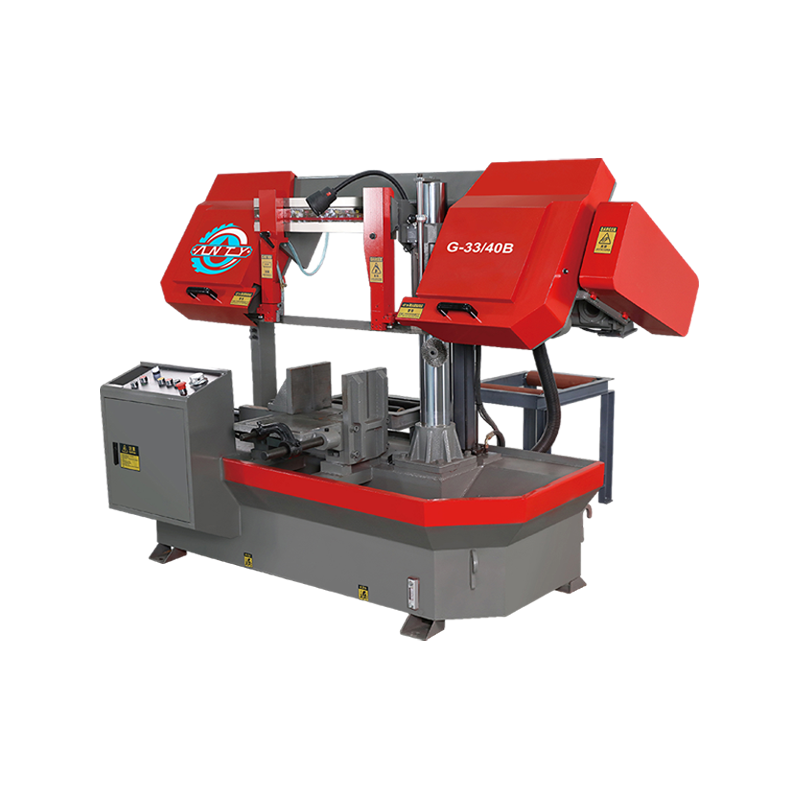
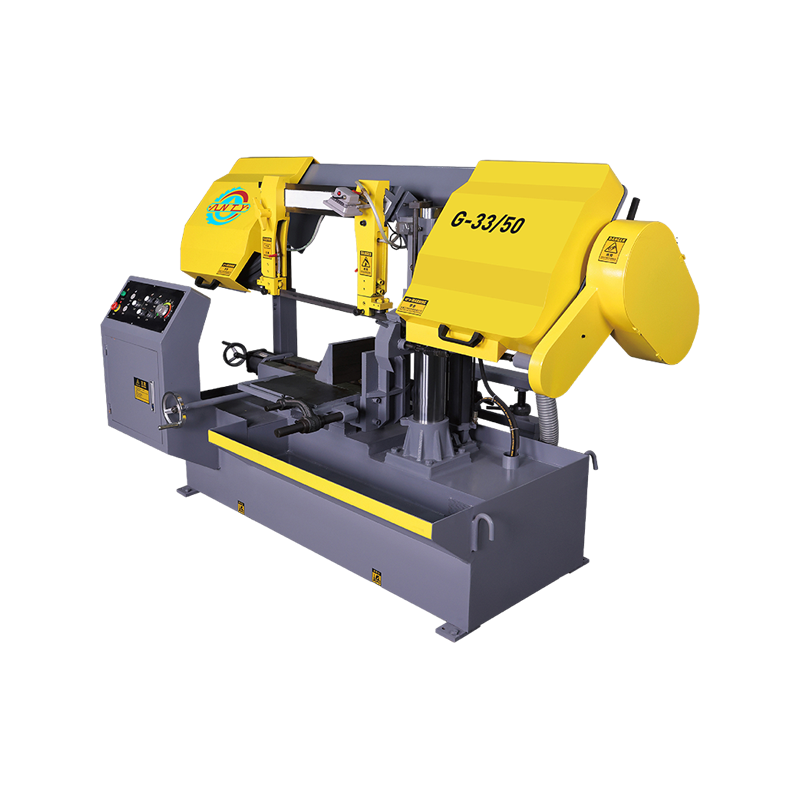
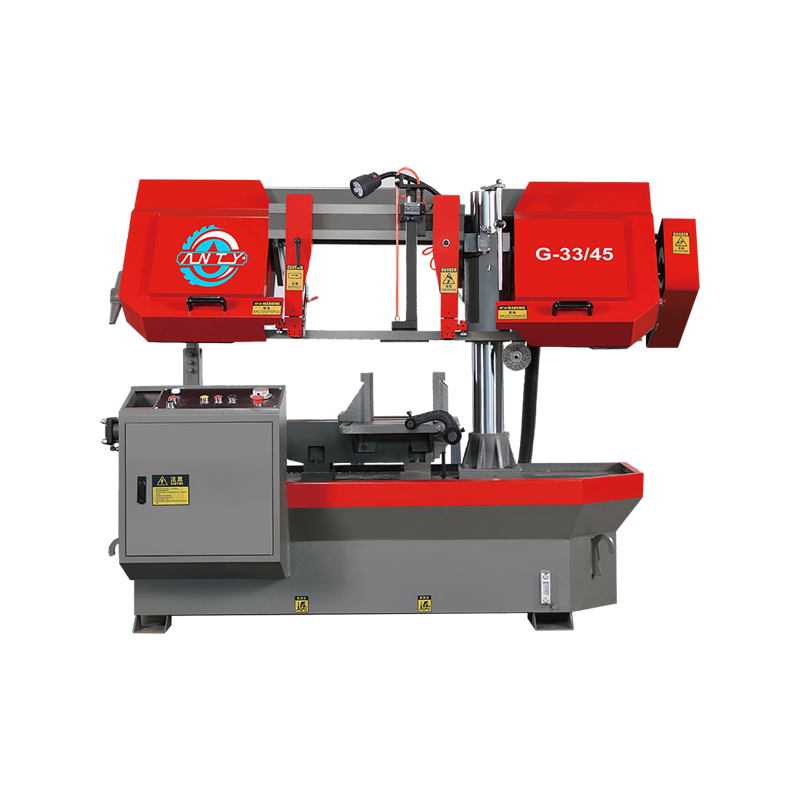
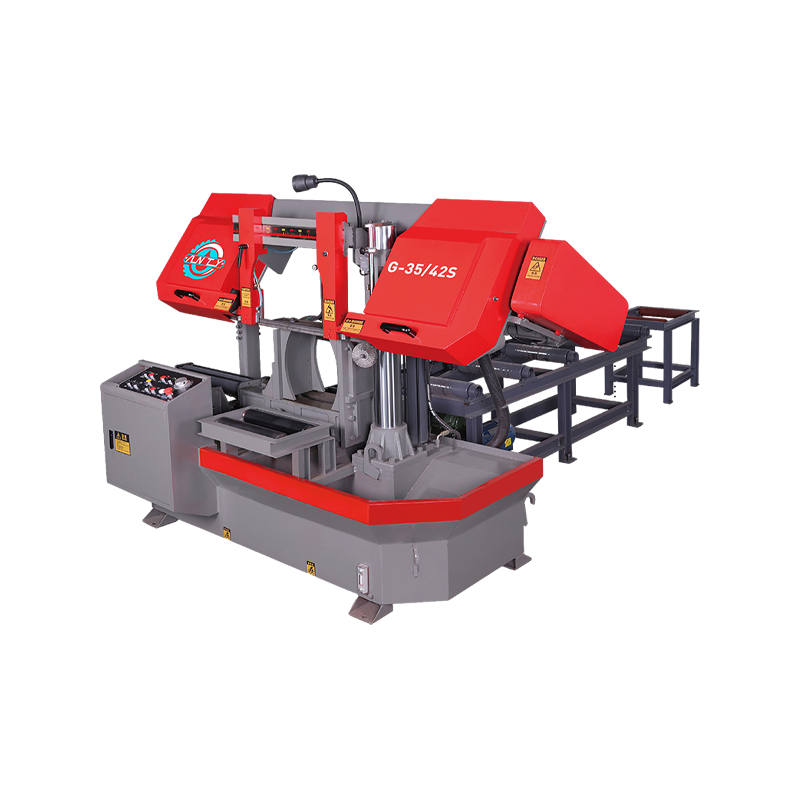
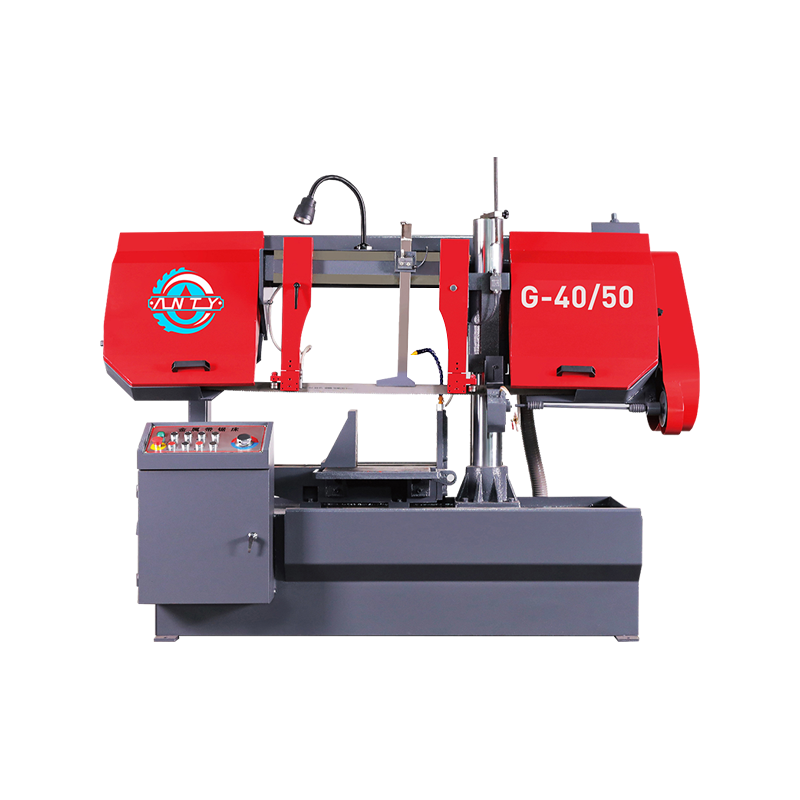
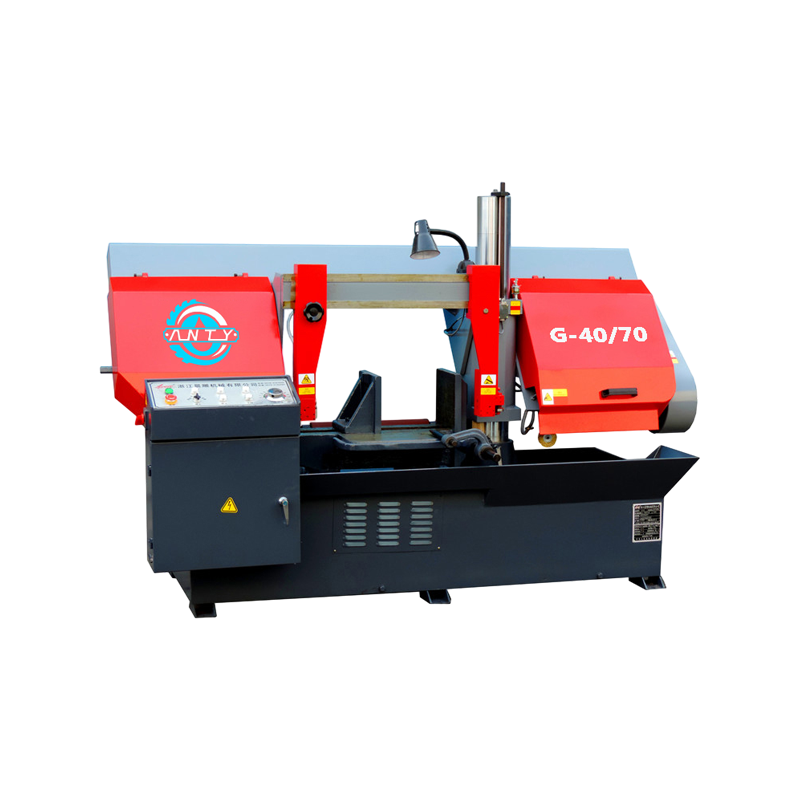
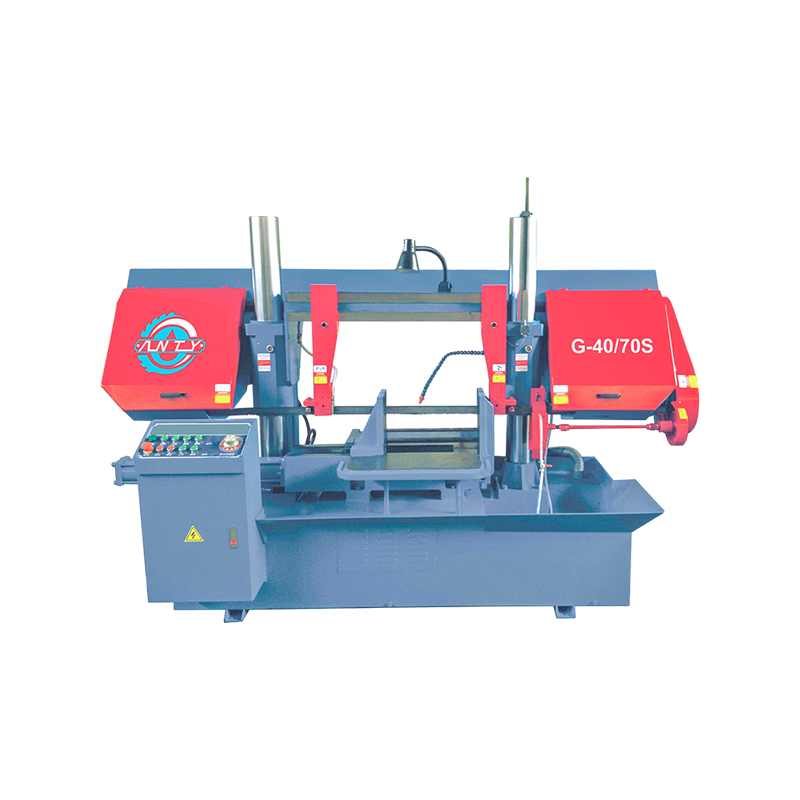

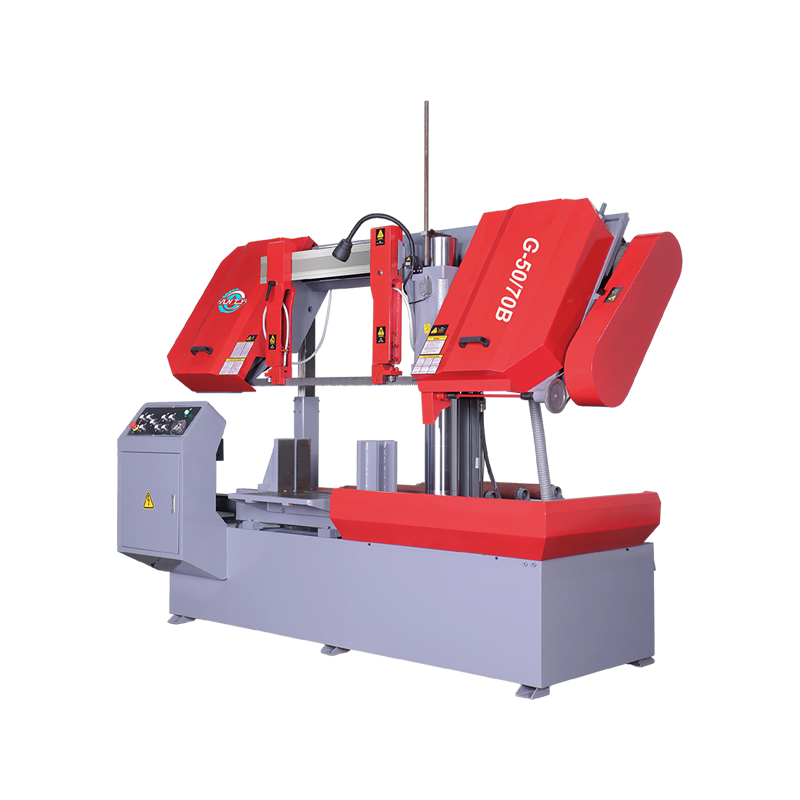
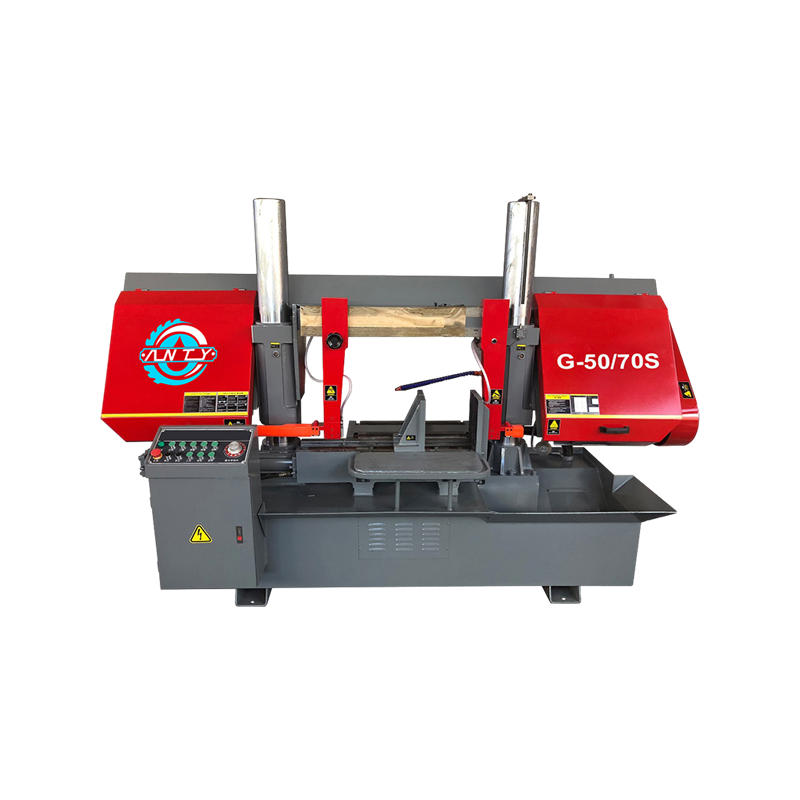
 CONTACT US
CONTACT US